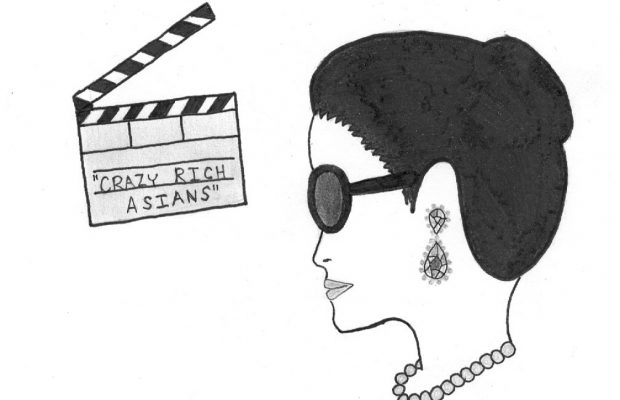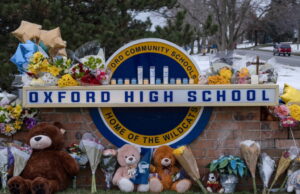Film finds a new face

Around 60 percent of the global population lives in an Asian country, which accounts for approximately 4.4 billion people according to the United Nations. In the United States alone, the Census Bureau reported that in May of 2018 the Asian population totaled 21.4 million people. At Newbury Park High School, US News and World Report found that 12 percent of the student body was Asian.
However, looking at the film industry, it seems like there are few Asians in the world at all. A study from the University of Southern California found that only 5 percent of 30,000 film characters from movies between 2007- 2014 were Asian.
So few Asian characters cripples Asian equality and social development in Western society and on the world stage. When Asians first began integrating with the Western world, harmful stereotypes were assigned to them that persist to this day, including squinty eyes, silly names and abnormal food.
If Asians had been properly integrated in film, perhaps these ignorant labels would finally be realized for what they are: rude and derogatory. Instead the only time Asian actors used to see success in their careers was when they were casted to “increase diversity” with meager one-line roles, or even worse, when they have to act like the humiliating stereotypes mocking their culture. The list of characters born from such labels is long, Mr. Yunioshi in “Breakfast at Tiffani’s” and Long Duk Dong in “Sixteen Candles” being prolific examples.
What is worse is that Hollywood found new labels to pin on Asians that primes new generations for discrimination: unattractive and non-masculine males and oversexualized and weak females. One Asian actor told the Washington Post that he receives humiliating comments on popular dating sites like, “Asians, ew gross.”
Asian actors have been discriminated against by directors and casting agencies since they tried to enter the industry, resulting in the numerous cases of whitewashing, where white actors play characters of different races. Even when it is originally an Asian movie, American producers chose white characters; a noticeable example is the widely controversial white cast for the 2010 movie adaption of the Asian based cartoon “Avatar: the Last Airbender.”
However, in the midst of America’s modern racial identity crisis, Asians are breaking through barriers never thought possible even by these actors themselves.
The major movement for Asians in Hollywood all started with the production of “Joy Luck Club,” the first movie starring an all Asian cast, released 25 years ago. While this spurred the idea for more Asian characters to be casted, the dream never became a reality. In recent memory there has not been any movies featuring mostly Asian leads since the release, until now.
Over the summer of 2018, “Crazy Rich Asians,” an Asian rom-com based off of a book written by Kevin Kwan, was released, and it broke box office sales records. Featuring an all Asian cast, it brings humor, emotion and authentic Asian-American culture to the big screen, finally showcasing a side of Asians never seen before: the truth.
No longer are Asians are just weird, weak or unattractive characters. They are shown as normal human beings, and their unique culture is highlighted, not made fun of. Perhaps this film is not a cinematic masterpiece, but nonetheless it is groundbreaking, with a strong female Asian lead, attractive Asian characters and a story that makes Asian culture seem more relatable rather than foreign. Perhaps this will help change the way Westerners think of the Asians they so often mock.
This film is already changing the course of the future. Before hitting the box office, the producers had turned down a huge deal with Netflix just to make sure that appeared on the big screen to a wider audience. In addition, more films and television shows are in the works starring Asian actors.
There is another side to this story that should entice Hollywood to include more Asian actors, besides being culturally appropriate. Usually, Asians account for 6 percent of box office sales, but according to Market Watch, for “Crazy Rich Asians,” 38 percent of moviegoers in the US were Asian. An astronomical increase like this demonstrates the support Asian actors have, and how successful they may in the future.
Of course, this extends beyond Asian representation as well, and the same USC study mentioned earlier reveals discouraging numbers for actors of color. They found that only 17 out of the 700 films they looked at had a non-white lead character, which is less than 3 percent.
Hopefully with the debut of racially diverse films like “Crazy Rich Asians,” producers will realize the importance of casting a variety of characters, not just to appease audiences but also because of the genuine value and authenticity they add to films. 2018 is on the cusp of a new cinematic era, and the significance of race in film is still yet to be untapped.



